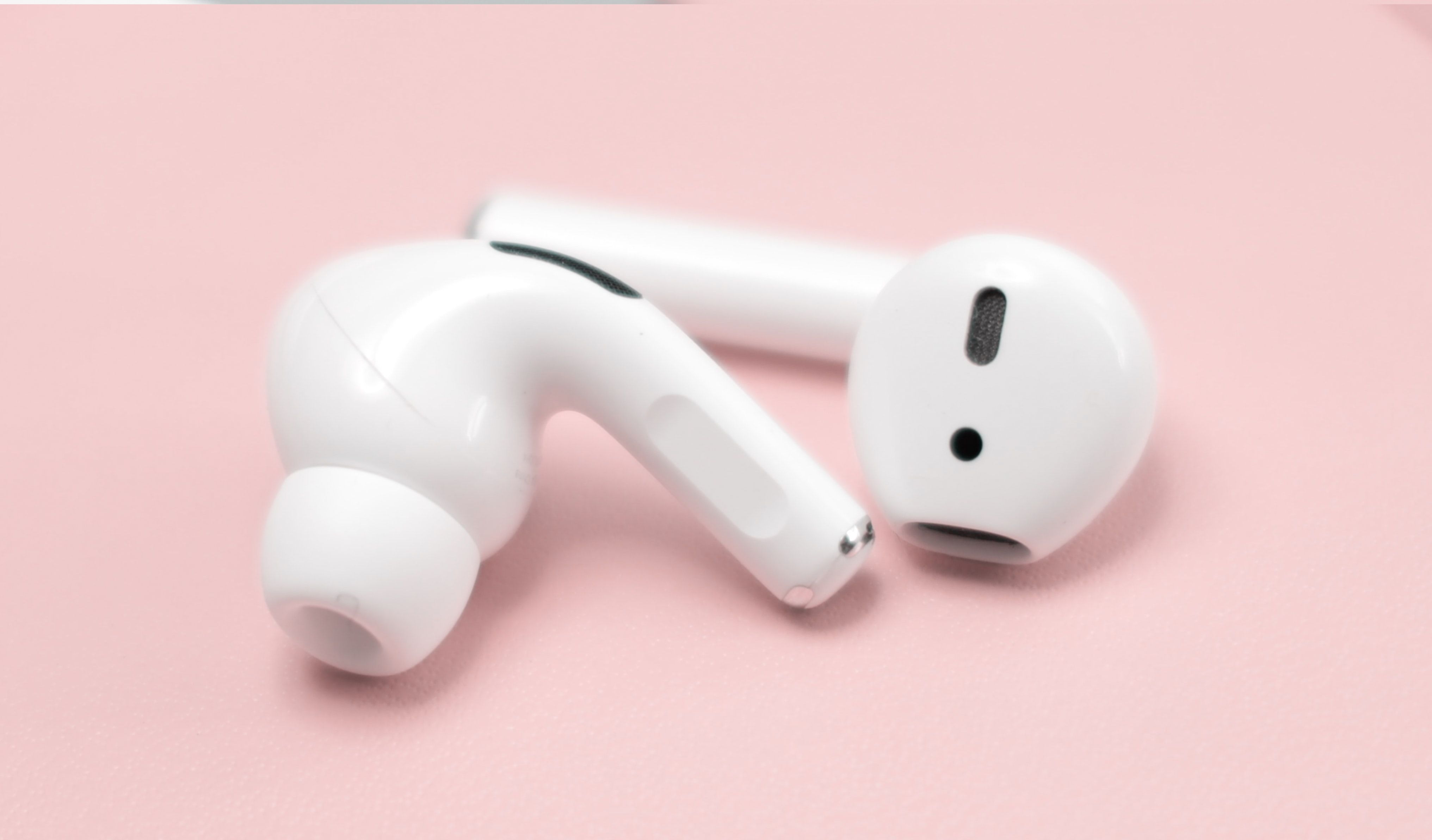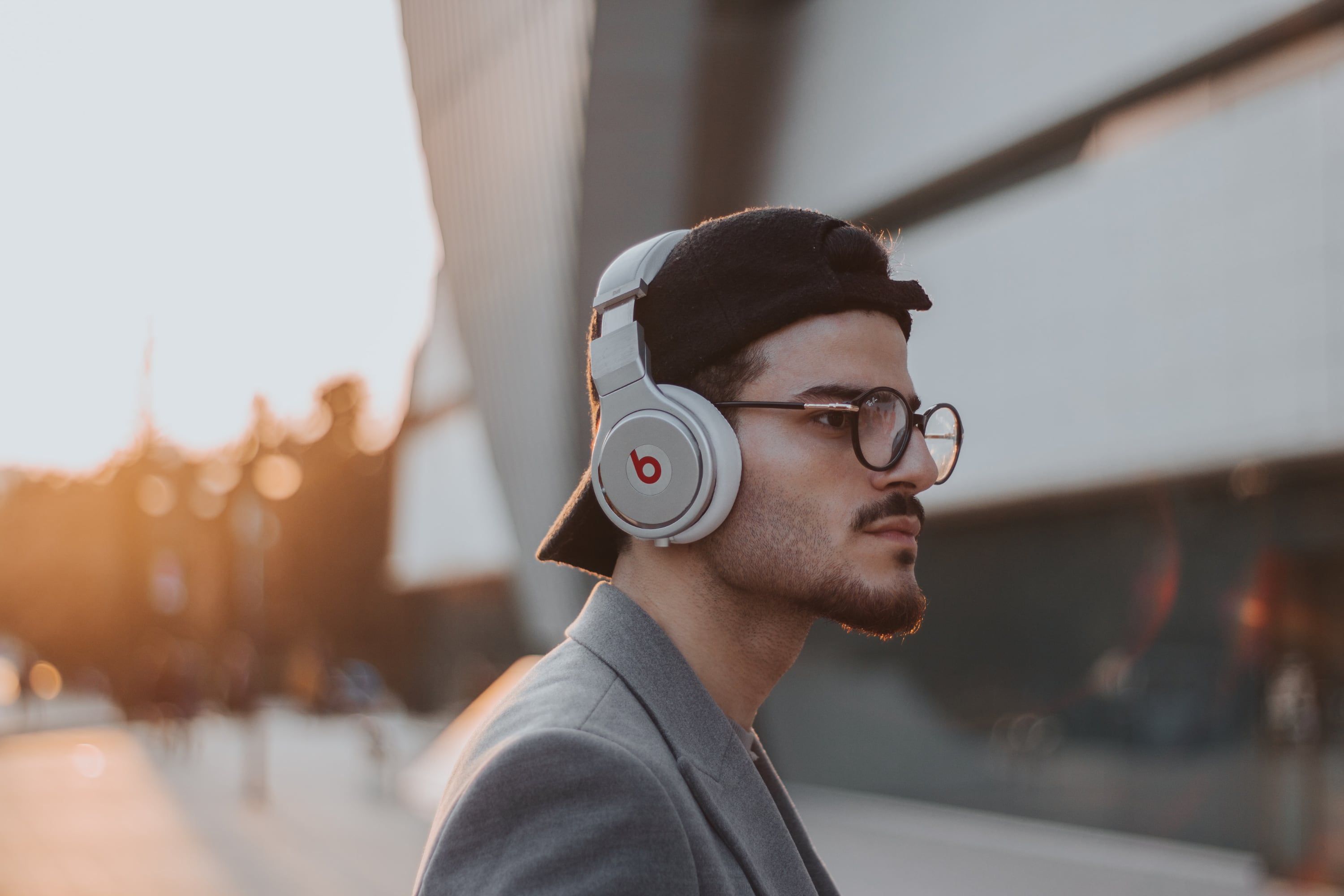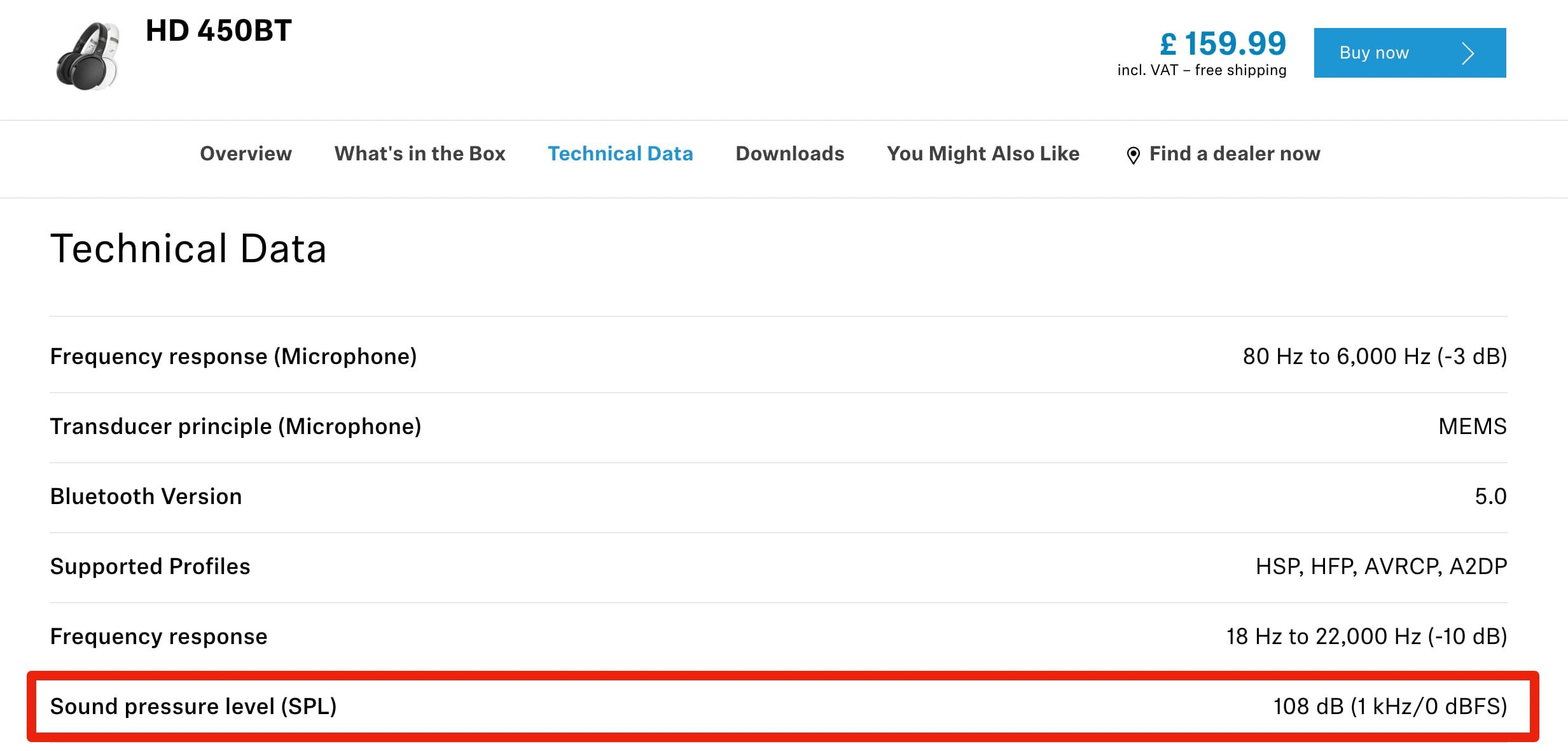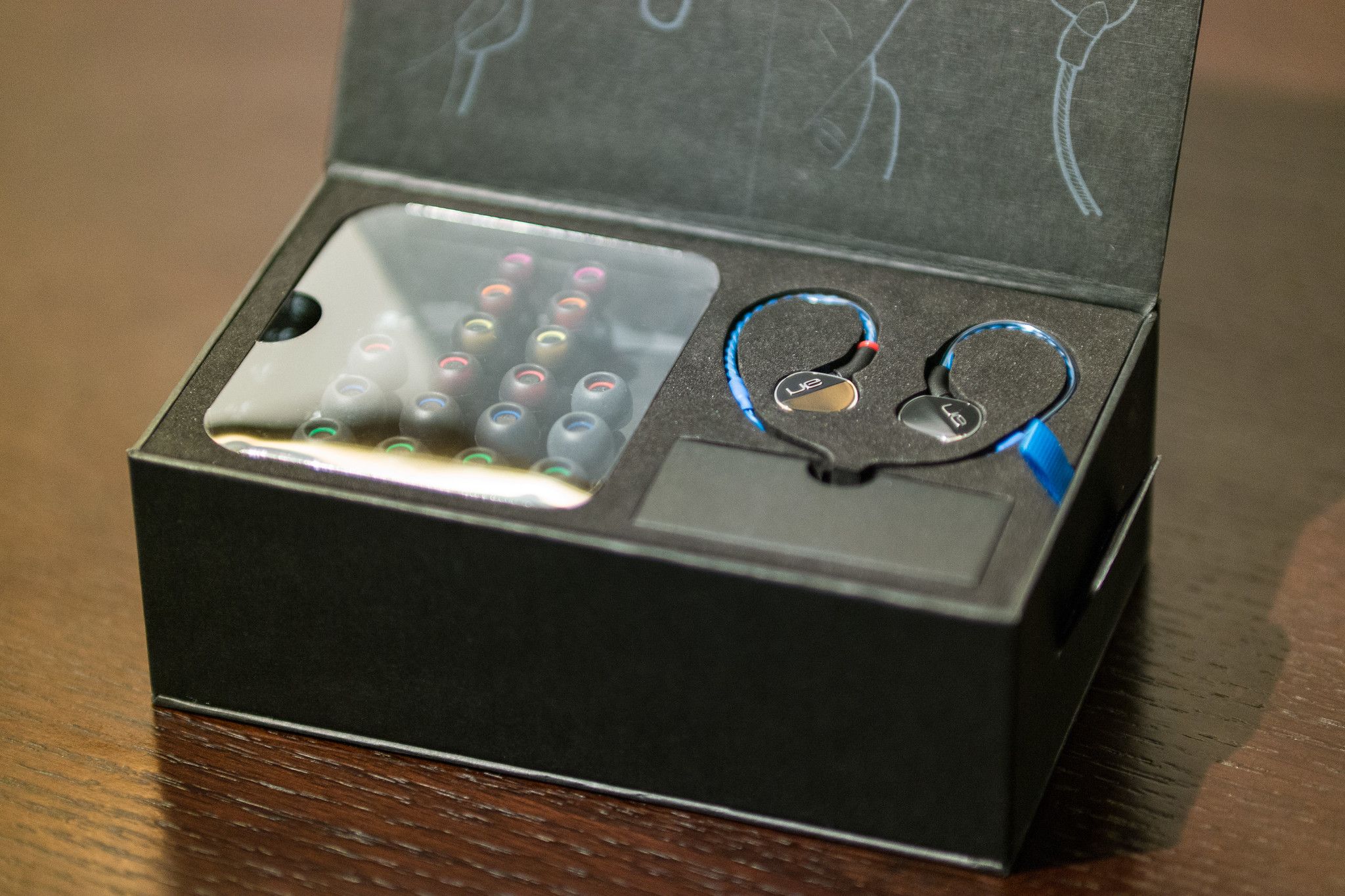There are so many different brands, styles and prices of headphone that it can be very difficult to find a pair that is right for you.
You might be not be sold on the trend for celebrity-endorsed headphones, but browsing the spec sheet doesn't make things any easier. Headphone specs are complex, and very technical, and sometimes don't even have any meaningful effect on sound quality.
In this guide we'll cut through the jargon and show you what the key headphone specifications actually mean, and why—or if—they matter.
1. In-ear
In-ear (canal) headphones, also known in-ear monitors or earbuds, sit directly inside the ear canal. They have two main technical benefits: they sit closer to the ear drum, so can deliver excellent sound quality, and they also fill the entrance to the ear, so are effective at sealing out external noise.
In-ear headphones come with a selection of different sized tips so you can find one that fits your ear canal. Getting the right fit is essential for attaining best performance; using a wrong-sized tip will affect audio isolation and the earphones will be prone to falling out.
In-ear headphones are extremely portable, so are most convenient for use on the go, or at the gym. Their smaller size, however, means they cannot compare in all-round performance to a larger set.
They come in both wired and wireless forms. The latter are also known as true wireless earbuds, and there are a number of features to look out for when buying them. Apple's AirPods are of course the most famous example.
2. On-ear
On-ear headphones, also called supra-aural headphones, rest on top of the ear. Like in-ear headphones, they direct sound straight down the ear canal, but don't seal out external noises, and may also leak noise to those sat nearby.
Many find them more comfortable than earbuds, and they are less likely to trap heat on your ears than over-ear headphones are. "Clamping" can be an issue, though, where they squeeze too tightly and become uncomfortable with extended use. It's important to find a pair that fits well.
On-ear headphones are a good compromise solution, with excellent sound quality (in higher end sets) and a good level of portability.
3. Over-ear
Over-ear or circumaural headphones encase the entire ear. Their increased size makes room for a larger driver, with louder volume and better bass performance. The driver is also positioned further away from the ear, producing a more spacious sound akin to what you hear from speakers.
By covering the ear, these headphones offer good noise isolation, but they are a lot less portable than the other formats.
Although it is no longer true to say that over-ear headphones are automatically better than other styles, circumaural headphones remain the audiophiles' choice.
Open and closed back
You'll also see headphones (over-ear ones especially) described as being either "open back" or "closed back". This refers to whether the back of the earcups are open or sealed.
"Closed back" headphones offer better noise isolation, and tend to have a more forceful sound similar to what you get from in-ear headphones. "Open back" headphones have more sound leakage and let in more ambient noise, but deliver what audiophiles often describe as a more natural sound.
4. Drivers
The driver is the most important component in a pair of headphones. It turns an electrical signal into sound pressure—in other words, it creates the sound.
There are different types of driver, but they all consist primarily of magnets, voice coils, and a diaphragm. The components cause the diaphragm to vibrate, and these vibrations produce sound waves that our ears interpret as sound.
On the headphone spec sheet, the Driver indicates the diameter of the diaphragm, measured in millimeters. As a general rule—but by no means always true—the larger the driver, the better the sound, especially for bass performance. On over-ear headphones, a driver of 40mm or larger is a good bet.
Since in-ear headphones cannot fit a large driver, many of them take a dual-driver approach. Rather than having a single driver handling the entire frequency range, there's one specifically for bass and another for the mid and high frequencies.
This change is one of the main reasons why earbuds are so much better than they used to be.
5. Sensitivity and Sound Pressure Level
Sensitivity and Sound Pressure Level (SPL) are related terms, and either may be used on headphone spec sheets. They indicate how loud the headphones will go.
Sensitivity shows how efficiently an electrical signal is converted into an acoustic signal. SPL is how sensitivity is measured, and is often displayed as decibels of SPL per milliwatt (although there is no absolute standard for this).
Most headphones are within the range of 85-120dB of SPL per milliwatt. To provide some context, regular city traffic is around 80dB, a shouting voice 105dB, and a jet taking off 130dB.
The pain threshold for noise is thought to be around 120dB, while the Occupational Safety and Health Administration warns of the dangers of hearing loss with prolonged exposure to an SPL of more than 85dB.
6. Impedance
Impedance is a measure of electrical resistance and is displayed in Ohms. In the simplest terms, higher impedance means more resistance, which means more power is needed to drive the headphones.
Headphones designed for mobile devices tend to have lower impedance, below 32 ohms, so they use less power. High-end and pro-quality headphones have very high impedance above 120 ohms, and require a dedicated amplifier to power them.
The downside to lower impedance headphones is that, while they use a lower voltage, they require a higher current. An electrical current creates vibration, which in turn creates sound. The result is that lower impedance headphones may emit an audible background hiss.
Impedance mismatch can also cause this and other performance issues. Mismatch can occur when using high impedance headphones with a smartphone, or low impedance headphones with a high-end audio system. It's important to have the right type of headphones for the audio equipment you are using.
7. Frequency Response
Frequency response indicates the range of audio frequencies the headphones can reproduce. It's measured in Hertz, with the lowest number representing the amount of bass, and the highest treble. Most headphones have a stated frequency response of around 20-20,000Hz, which matches that of human hearing.
The numbers are not really a good indicator of sound quality, though they can help you choose the right headphones for a particular type of music. For instance, if you want lots of bass, then you should look for headphones that support a low bass frequency.
8. Total Harmonic Distortion
Total harmonic distortion (THD) shows the level of distortion there may be when using headphones at a high volume.
As we've seen, headphones produce sound via a vibrating diaphragm in the driver. At high volumes, the diaphragm may not be able to vibrate fast enough, resulting in distortion. THD is expressed as a percentage, and lower is better. Most headphones have a THD of less than 1%, and high-end sets considerably less.
9. Noise Cancellation
Noise-cancelling headphones have embedded microphones and electronic chips. They record ambient noise, then create an inverse sound wave and feed it back into the headphones to effectively cancel out the sound.
And they're one of the best office gadgets to aid your creativity.
It works best for constant, low frequencies, and is less effective for mid-range frequencies and above. So, if you're on a flight, you may find engine noise is reduced, but not the sound of the crying baby in the seat in front.
Noise cancellation requires battery power. Its effectiveness can vary considerably from one headset model to the next. For more detail, see our guide on how noise-canceling headphones work.
10. Noise Isolation
Noise isolating headphones physically block external sounds. This is either with over-ear, closed-back headphones encasing the entire ear, or, more effectively, in-ear headphones sealing the ear canal.
In this respect, in-ear headphones work like earplugs, and it is important that you get the tightest possible seal by using the correct sized eartips.
Noise isolation is passive—it doesn't require an external power supply—and isn't limited to certain frequencies. It also tends to appear in more affordable headphones than noise cancellation technology.
Understanding Good Earphone Specs
Headphone specifications are a surprisingly complicated business, and you need a good grasp of physics, electronics, and math to be able to really drill down into what they mean. Even then, the simple fact is that you cannot discern the quality of a pair of headphones just by a series of numbers on a spec sheet.
And don't be discouraged when you encounter new terms and specs we haven't mentioned above—one of the biggest decisions you'll make when buying is whether to go for Bluetooth or wired headphones. Although in reality, that will be dictated by whether or not the device you'll be listening on has a headphone jack.
You can use specs to narrow down your choice, and identify those that suit your favorite style of music, the environment you're using them in, and the audio gear you're using them with. Once you've done that, you should check reviews and user reports to find out exactly how well they perform.






